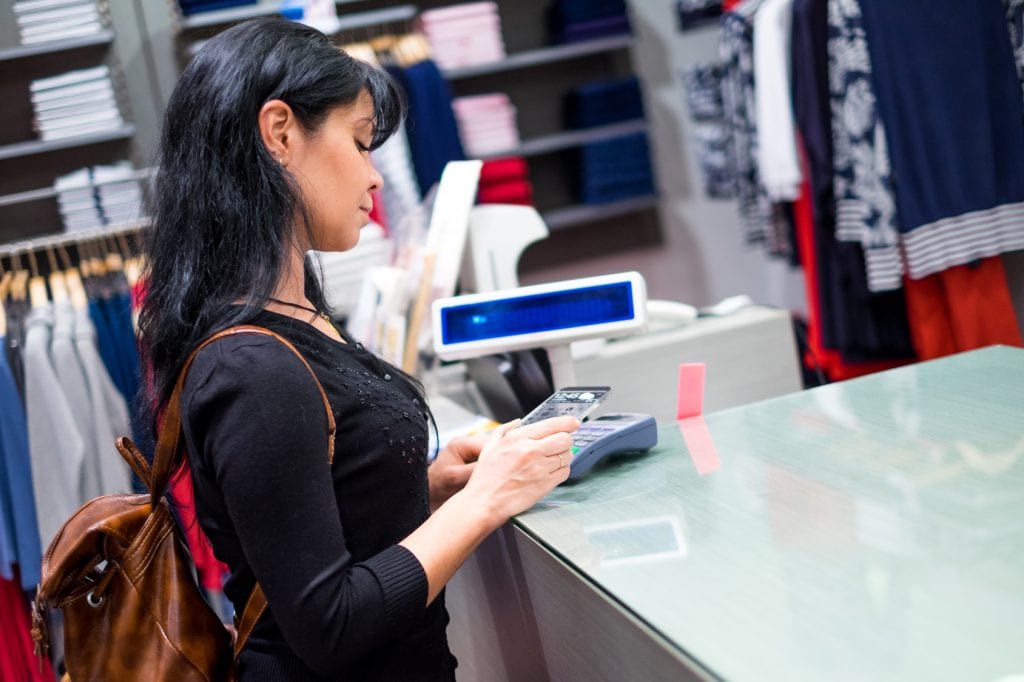Ask people what’s happening in mobile payments today, and a lot may mention Apple Pay. If they’re interested in tech, they might tell you about Facebook’s plans for payments through Messenger. If they really know their stuff, they just might talk about mobile point-of-sale readers like iZettle. What most of us in the West don’t realise is that these services are already lagging far behind mobile payments innovation in developing countries.
It’s in Africa, South Asia and other emerging economies where mobile payments are having the greatest impact, not the United States or Europe.
You may already be familiar with M-PESA, the Mobile Money service launched in Kenya in 2007 – 59% of Kenyan adults use M-PESA, and the platform accounts for 66 percent of transaction volumes processed through the national payments system. M-PESA users can do everything from buying groceries to paying utility and school bills, or even purchasing airline tickets, all from their mobile, and without needing a bank account.
But it’s not just M-PESA. There are actually 16 countries in the world with more Mobile Money accounts than bank accounts. The likes of Apple, Google or Facebook have had little role to play in this.
Mobile Money – an unconventional wallet
Unlike the ‘mobile wallets’ with which we are familiar (and which are, essentially, no more than a digitized front-end to existing credit and debit cards), Mobile Money accounts aren’t linked to any bank account. Rather, Mobile Money is electronic value stored in an account linked to your mobile number, which can be used to purchase goods and services, pay bills, or send money to anybody else with a mobile phone. It’s not app-based (although it can be), but instead works on USSD and simple STK technology on basic ‘feature phones’ (non-smartphones).
Those leading the way in offering Mobile Money services are mobile telecoms operators such as Vodafone, Tigo and MTN, who have established customer bases of tens of millions of customers worldwide.
Unprecedented growth
According to the GSMA, the global trade association for the mobile industry, Mobile Money now has over 103 million active users around the world, up from the 60 million active users recorded in 2013, and from 30 million in 2012.
Imagine it – 103 million users is equivalent to one in every three people in the United States using a Mobile Money wallet to send money to friends, pay bills, make purchases or get paid directly onto their mobile phone.
With 265 mobile money services across 90 countries worldwide, Mobile Money already covers nearly two thirds of the developing world. Mobile Money first saw success in East Africa, but it’s now available in countries from Paraguay to Pakistan.
It matters because it potentially can give the world’s 2 billion unbanked adults a way to access financial services for the very first time.
A total of $7.5 billion dollars was transacted through Mobile Money systems globally in December 2014 – that’s equivalent to the spending pledged by developed world economies for global vaccinations up to 2020.
International opportunity
So, what’s next? Well, so far, Mobile Money has been fundamentally a domestic phenomenon.
One of the major challenges for Mobile Money services has been how to enable remittance payments from abroad. Hundreds of millions people in developing countries rely on remittances from their family members working overseas. They’re a vital source of income for emerging economies.
Until fairly recently, it was impossible to send remittances internationally to Mobile Money wallets, since the majority of deployments had no underlying infrastructure for mobile-to-mobile money transfers internationally across continents.
Mobile Money operators, however, have now started to integrate their APIs with international money transfer services. Earlier this year, the GSMA announced that international remittances are now the Mobile Money industry’s fastest growing service offering. Expectations have changed. The proliferation of Mobile Money services shows that people demand better than the lengthy queues, cumbersome processes, and high fees offered by the incumbent international money transfer “super racket”.
Money transfer apps like WorldRemit allow migrants to send money directly to Mobile Money wallets. More than 30% of international money transfers via WorldRemit coming out of Europe or the U.S. go directly to a Mobile Money wallet. Customers using this service know what it’s like to send and receive money instantly via mobile, because they’ve been using Mobile Money services back in their home countries, long before the rest of the world caught up.
